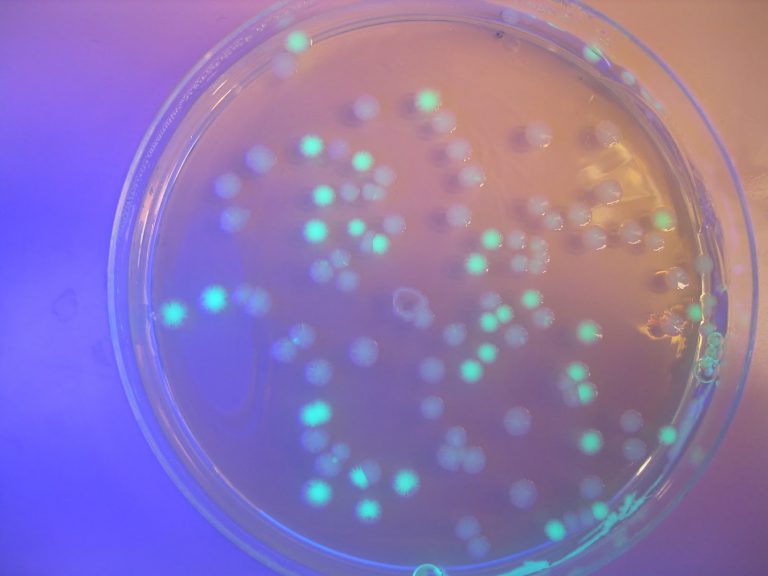
Björn Vinnerås and Annika Nordin have together with R Hasan, S Shakoor and I Keenum compiled current knowledge regarding Salmonella. Our focus in the chapter has been the effect upon salmonella in relation to current practices and available treatment technologies. Treatment technologies for reduction of Salmonella in wastewater fractions can be divided into three main types: chemical, biological and thermal. When comparing the inactivation of Salmonella spp. with Escherichia coli, the latter is somewhat more resistant to most treatments and can therefore be used as a proper indicator for salmonella during treatments. Salmonella has several genetically-driven responses to stress related to the inactivation treatments, which increase survival during extreme conditions. In this chapter the inactivation time for salmonella in relation to pH, ammonia concentration and temperature is presented. For pH, generated inactivation chemical substances aid in the inactivation: at higher pH uncharged ammonia is the most active molecule enhancing inactivation while at low pH carbonate and organic acids both increase the efficiency of inactivation. For heat inactivation, increased dry matter content increases the time of survival. Biological treatments affect the survival, while also decreasing the number of viable Salmonella over time. However, the effect of the biological treatment is difficult to monitor and quantify and therefore extended treatment durations are recommended for biological treatment if the treatment is not combined with chemical or thermal treatment.
Hasan, R., Nordin,
A.C., Shakoor, S., Keenum, I. and Vinneras, B. 2019. Salmonella, Enteric
Fevers, and Salmonellosis. In: J.B. Rose and B. Jiménez-Cisneros, (eds) Global
Water Pathogen Project. http://www.waterpathogens.org ( A. Pruden, N. Ashbolt and J.
Miller (eds) Part 3 Baceteria) http://www.waterpathogens.org/book/salmonella-enteric-fevers-salmonellosis. Michigan State University, E. Lansing,
MI, UNESCO.
https://doi.org/10.14321/waterpathogens.27
